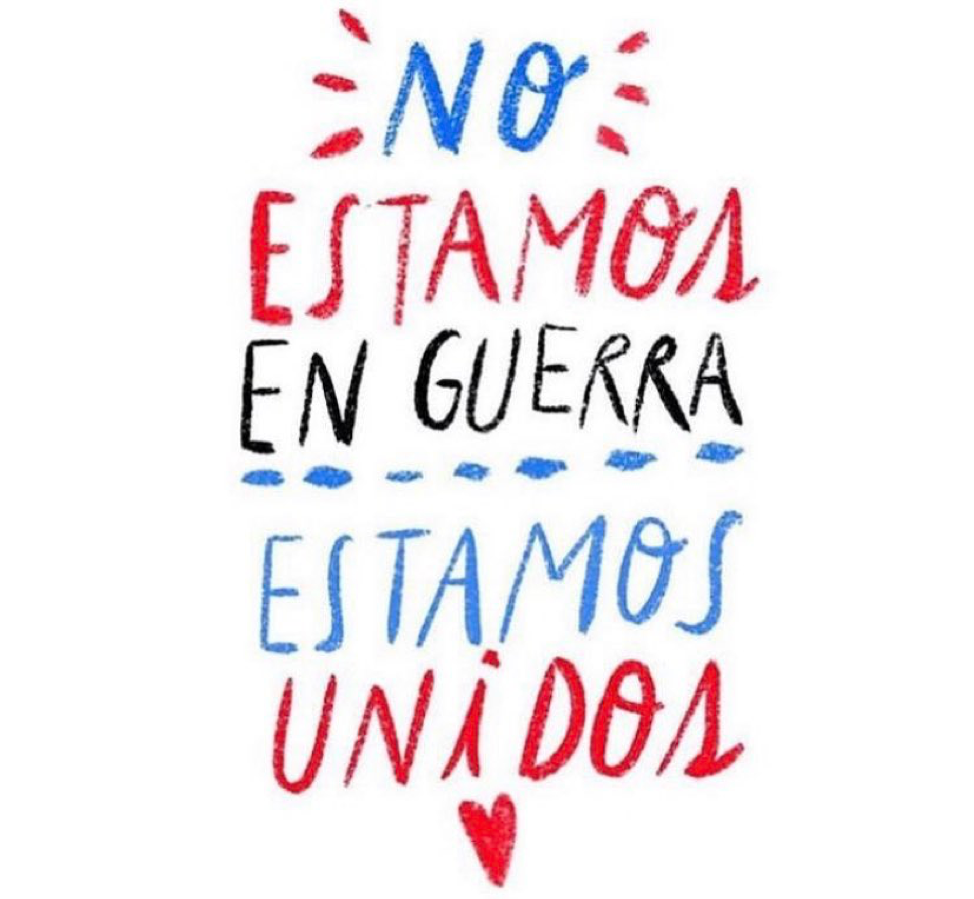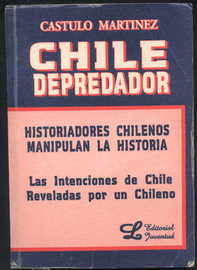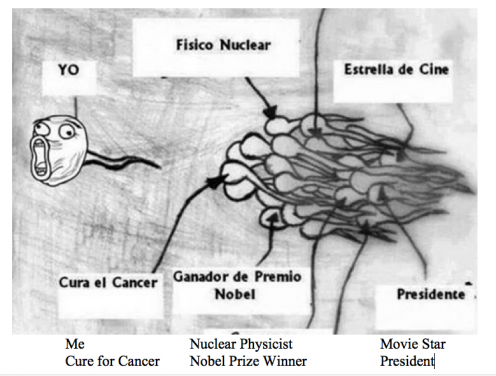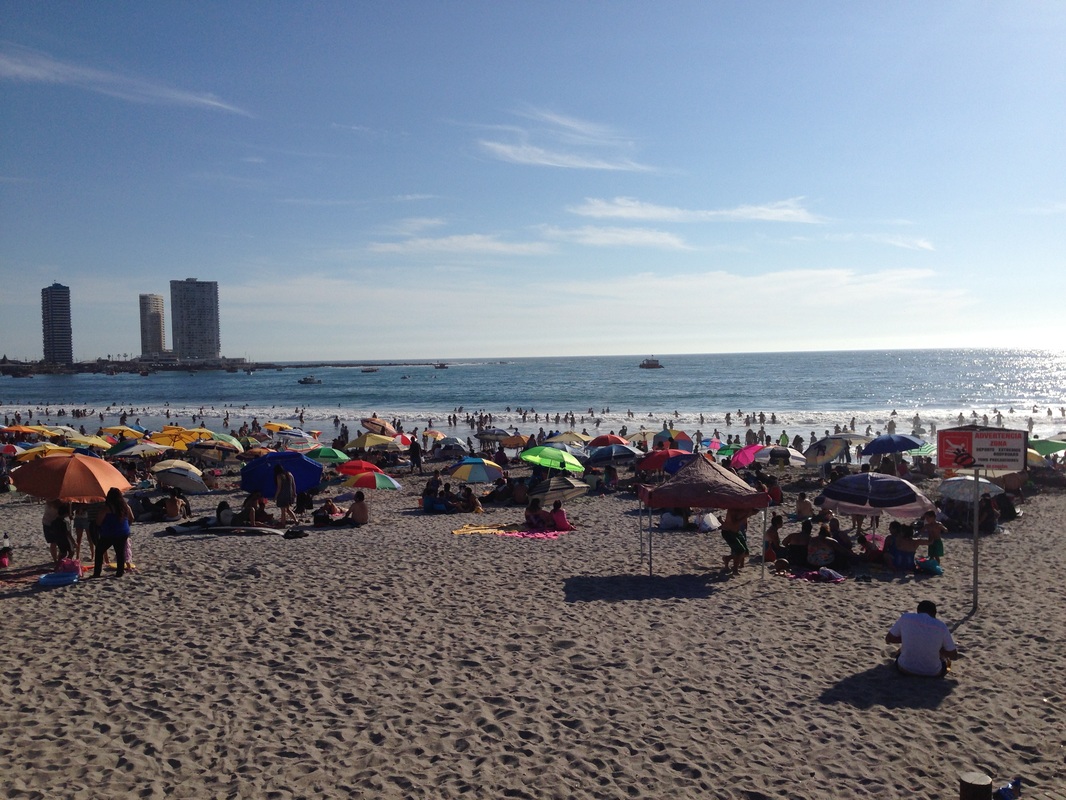This rift in the types of videos that we received privately, rather than posted publicly indicates a particular understanding of the uses of Internet-based communication. In fact, it seems to indicate an anxiety about digital communication related to its potential ephemerality, a shortcoming that can only be remedied by widespread sharing and archiving across diversified social networks across the globe.
To read the full blog post, click here to go to Platypus.
O haz click aquí para leer en español











 RSS Feed
RSS Feed
